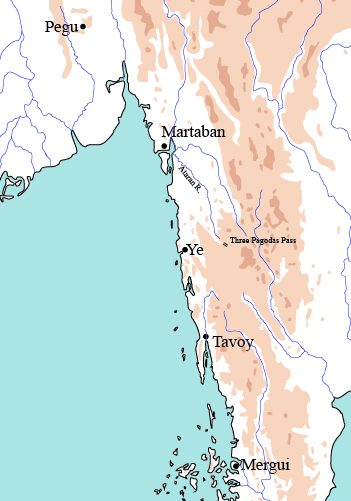The Aggressor at the Battle of Chiang Kran, 1538
Main Article Content
Abstract
In Thai academic circles it is generally understood that the first battle between Ayutthaya and Burma was initiated by King Tabinshwehti of Burma. In other words, it was the Burmese not the Thai that started the military engagement. This view was put forward by Prince Damrong Rajanubhab, the father of Thai historical writing, in his famous book, Our Wars with the Burmese. He stated that after King Tabinshwehti of Pegu won control over the Mon state in southern Burma, he marched eastward to attack and capture Martaban, then proceeded to capture Chiang Kran at the border between Ayutthaya and Burma. Research in Burmese sources shows that the king of Ayutthaya started the battle, rather than Tabinshwehti. This expedition reflected Ayutthaya’s ambitions to extend its influence across to the Andaman coast to participate in westward trade. However, this ambition was undermined by unrest in Siam, though only temporarily. The rising commerce in the Bay of Bengal attracted both Siam and Burma and brought them into a long conflict.
Article Details
References
In Thai academic circles it is generally understood that the first battle between Ayutthaya and Burma was initiated by King Tabinshwehti of Burma. In other words, it was the Burmese not the Thai that started the military engagement. This view was put forward by Prince Damrong Rajanubhab, the father of Thai historical writing, in his famous book, Our Wars with the Burmese. He stated that after King Tabinshwehti of Pegu won control over the Mon state in southern Burma, he marched eastward to attack and capture Martaban, then proceeded to capture Chiang Kran at the border between Ayutthaya and Burma. Research in Burmese sources shows that the king of Ayutthaya started the battle, rather than Tabinshwehti. This expedition reflected Ayutthaya’s ambitions to extend its influence across to the Andaman coast to participate in westward trade. However, this ambition was undermined by unrest in Siam, though only temporarily. The rising commerce in the Bay of Bengal attracted both Siam and Burma and brought them into a long conflict.


